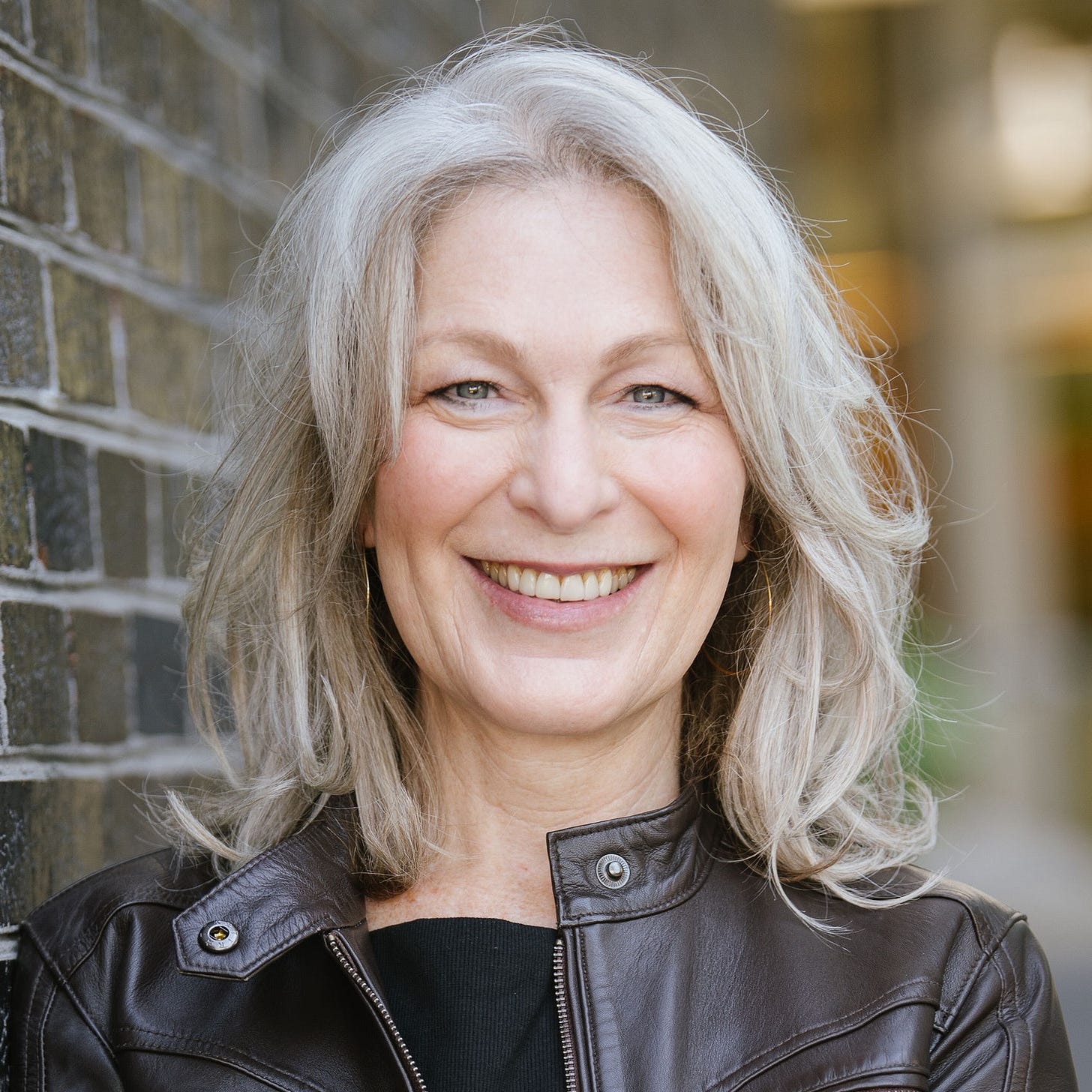
Thanks to Kate Bennis, I have a deeper understanding of what intentions really are.
I used to think I was an expert on intentions. After all, the very first time I worked with a coach, our entire focus was on setting intentions for the kind of leader I wanted to be in schools. I built a dashboard with ten guiding intentions that still accompany me, wherever I go, like spiritual luggage I choose to carry—light, useful, full of memory and meaning.
But something about Kate’s recent post High and Low Intentions For Everyday Use cracked open a deeper level of understanding. In it, she writes that people rarely respond to our words alone. What they really respond to—what they feel—is our intention behind those words. Are we for them? Or are we trying to get something from them?
Whew.
Now, I’ve known this. We all know this. But when I read it through Kate’s framing, it hit me like a tuning fork to the chest. Clear. Vibrating. Resonant.
Intentions are like radio frequencies. FM dials, baby. You might be broadcasting something beautiful, something true, but if you’re not tuned in—or if you’re not within the right range—the person on the other end can’t hear it. Or worse, they hear it, but not how you intended.
What I came to realize is that intentions—especially the high ones, the ones that are truly for others—operate on a higher frequency. A cleaner signal. Less static. More music.
With my coach all those years ago, one of the intentions I wrote down was “to create and sustain excellence.” Not for applause or accolades, but because to me, excellence has always meant something humble: get one day better, every day. That’s my refrain, my ritual, my spiritual practice. One foot in front of the other, day by day, trying to move in the direction of clarity, purpose, and grace.
When I am in conversation with someone, especially in a coaching or mentoring relationship, I ask myself: What’s my intention here? Am I offering advice because I think I’m right, or because I want this person to feel powerful and capable on their own terms? Am I trying to fix something—or am I just holding space for something true and beautiful to emerge?

You can feel the difference. So can they.
This year has been a journey in clarifying that difference. In turning up the dial on my own signal and making sure that what I’m transmitting is truly aligned with what I mean. I’ve had moments where my frequency was scrambled, where old habits crept back in—where I wanted something more than I wanted to give. But when I tuned in, when I listened more than I spoke, when I showed up with a high intention to support, uplift, or just be with—something shifted.
And people could feel it.
There are many incredible coaches out there—brilliant practitioners and intuitive guides. But the ones I find myself drawn to now are the ones who hold intentions like lanterns. Who use language like Kate does—not to impress, but to express. Who remind us that the highest form of communication is not performance, but presence.
So here’s my invitation to you, and to myself: the next time you enter a room, a Zoom, a text thread, or a conversation with your child or your boss or your barista—ask yourself quietly, “What is my intention?” Let it be high. Let it be generous. Let it be for the other.
Then see what changes. Thank you, Kate. I am deeply grateful to you.
Curated Listening:
Of course, what was the tune that came on as I completed this post was none other than my spirit animal and the tune that the Universe needs me to send to you at this time. Listen to Sting, at the Pantheon no less, sing “Message in a Bottle” HERE.




Oh, Brian! What a kind and lovely post. I can't tell you how glad I am that this resonated! I check my intentions all the time, look up and out. For others.